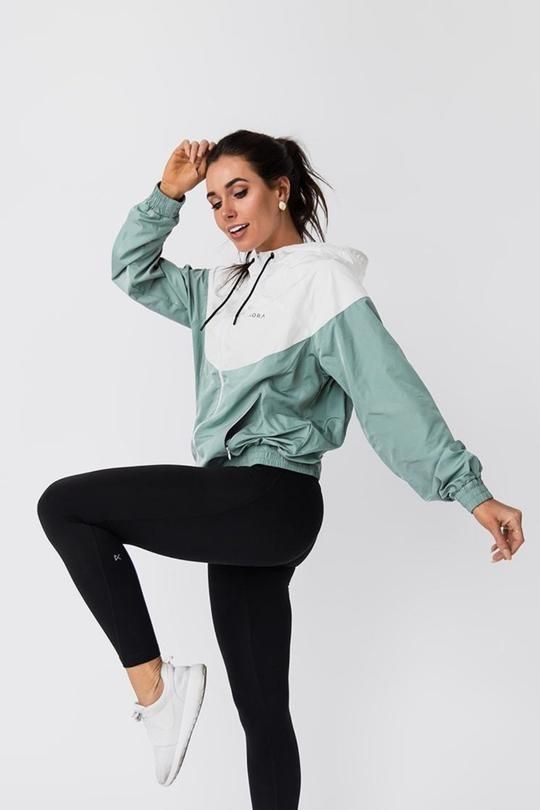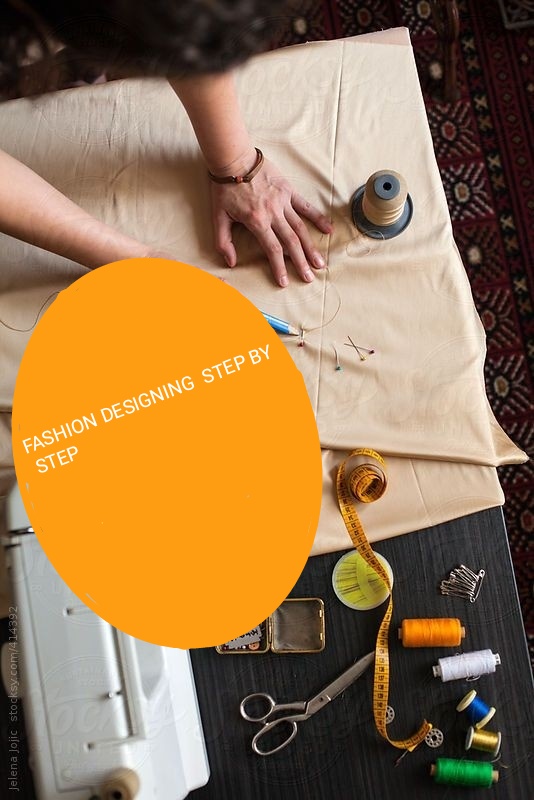WHAT IS TEXTILE ?
Textile design is different from Fashion design, don't think that fashion design and textile design are synonyms. Textile design is solely intended for designing of textile products. Fashion is not only textile, it involves accessories like bracelets, watches, rings, chains, spectacles, its aim is to improve the aesthetics and attractiveness of a person.
nA textile sample is a piece of cloth or fabric designed to represent a larger whole. A small sample, usually taken from existing fabric, is often called a swatch, whilst a larger sample, made as a trial to test production methods, is called a strike off.
nThe use of swatches is an essential part of the design process as it enables designers to show the type of fabric to use, demonstrating how colures and different materials and trimmings will look in real terms before going to the trouble of making up a full design.
nSwatches also offer the advantage of illustrating how colures and patterns will appear on an actual fabric, something that may not be readily apparent from a paper or digital design.
nThe textile manufacturer might bring together many swatches of their materials into a single sample book, enabling a salesperson to show a wide selection of available designs in various color ways to potential customers without the necessity of having multiple rolls of fabric immediately to hand.
Textile is process of made a fabric textile refers of any material are those fibers capable of being converted into yarns and fabric.which is later used in making garments or upholstery items. A textile designer needs to understand fabrics their behavior and properties. Their main role is to create designs and patterns for various type of fabric.
Textile designing generally deals with designing of fabrics, yarns, etc. Fabric designing includes the weave plan or knit plan and for yarns like slub yarns, multi count yarns, multi twist yarns, melange yarns, corkscrew yarns, etc.
;
1. Fibers
2.Yarns
3.Fabric production
4. Dying and printing
5.Finishing
1.FIBERS
Fibers is a rop or string used as a piece of composite material or when matted into sheet used to make products such as paper,papyrus, or left fabric are often used in the manufacture of other materials the strongest engineering materials often incorporate fibers.
# source of fibers
* Natural fiber- natural fibers are obtained from plants , animals or minerals.
* Man-made fiber- man made fibers or chemical fibers are fibers whose chemical composition structure , and properties are significantly modified during the manufacturing process man made fibers consist of regenerated fibers and synthetic fibers.
FIBER LENGTH
#Staple fibers - major in inch
cotton- 1/2 inches to 2.5 inches
lines- 2 inches to 36 inches
wool- 1 inches to 18 inches
silk- 1600 yards =12 inches
# Filaments fibers- major in mills
nylon ]
Dacron ] = [ all filament fibers those are which required major in mills ]
rayon ]
FIBERS PROPERTIES
Abrasion resistance - nylon
Absorbency - Dacron
Chemical effects - cotton
Cover - wool
Elasticity - Lycra
Environmental condition - line
# source of fibers
* Natural fiber- natural fibers are obtained from plants , animals or minerals.
* Man-made fiber- man made fibers or chemical fibers are fibers whose chemical composition structure , and properties are significantly modified during the manufacturing process man made fibers consist of regenerated fibers and synthetic fibers.
FIBER LENGTH
#Staple fibers - major in inch
cotton- 1/2 inches to 2.5 inches
lines- 2 inches to 36 inches
wool- 1 inches to 18 inches
silk- 1600 yards =12 inches
# Filaments fibers- major in mills
nylon ]
Dacron ] = [ all filament fibers those are which required major in mills ]
rayon ]
FIBERS PROPERTIES
Abrasion resistance - nylon
Absorbency - Dacron
Chemical effects - cotton
Cover - wool
Elasticity - Lycra
Environmental condition - line
2. YARN
Yarn is a long continuous length continuous length of interlocked fibers ,suitable for use in the production of textiles,knitting,weaving,embroidery.
3. Fabric production
Fabric production is process of make fabric .fabric are presently produced by some method of interlacing such as weaving or knitting.
* Woven fabric
Woven fabric are made by interlacing two sets of yarns at right angles to each other the length wise yarns or ends ,while the width wise yarns are know as filling yarns or picks.
1. Basic weaves
2. Basket weaves
3.Rib weaves
4. Balanced twill
5. Warp face twill
6. filling face twill
4. DYEING AND PRINTING
Applying colored patterns and designs to designs to decorate a finishing is called . ''printing '' firm knots are tied in the cloth before it is immersed of din a dye the out side of the immersed portian is dyed but the inside in not penetrated.
Finishing is the general term for a multitude of processes it is final processing of the cloth and it purpose is to make the fabric suitable for its intended end use finishing are also categorized by their degree of permanence . these finished are called permanent durable, semi - durable and temporary.
5. FINISHING
Finishing is the general term for a multitude of processes it is final processing of the cloth and it purpose is to make the fabric suitable for its intended end use finishing are also categorized by their degree of permanence . these finished are called permanent durable, semi - durable and temporary.
















0 Comments